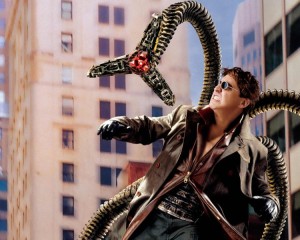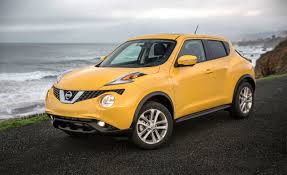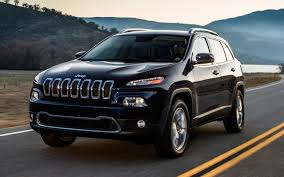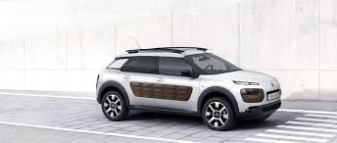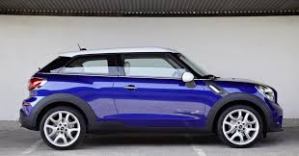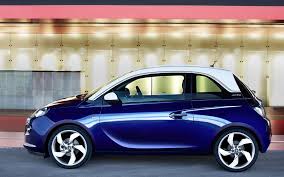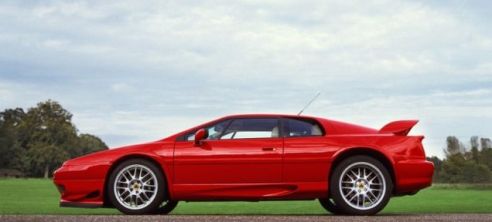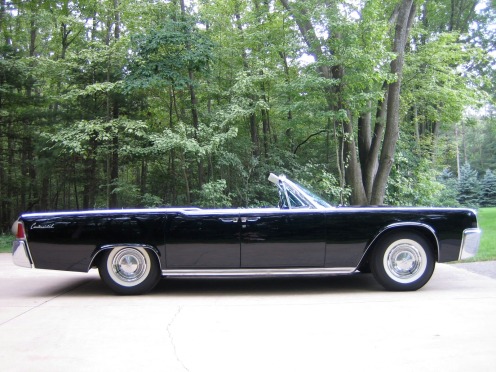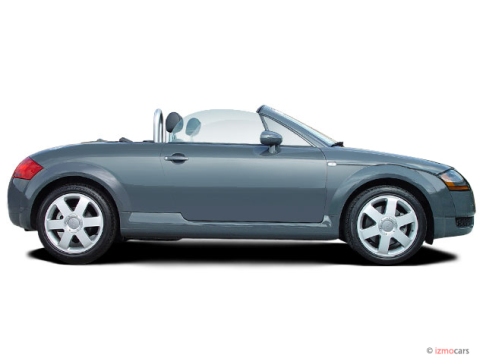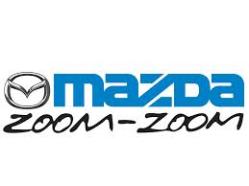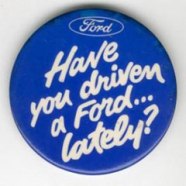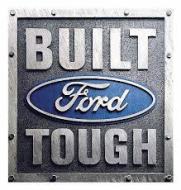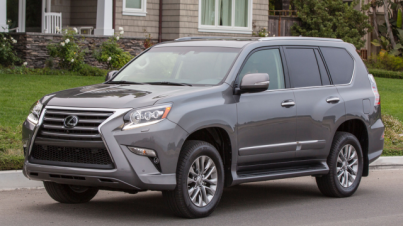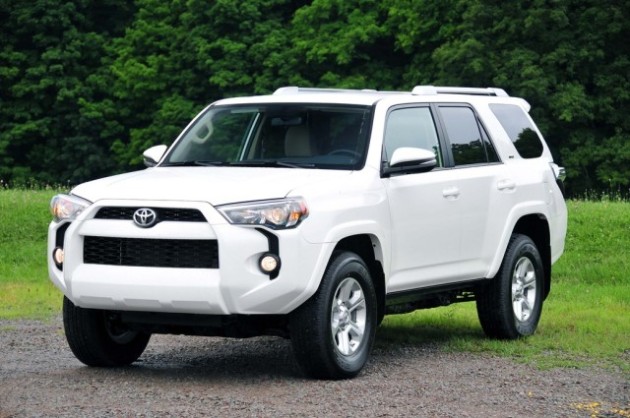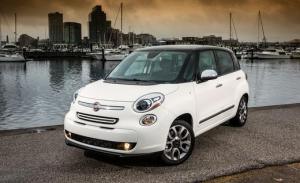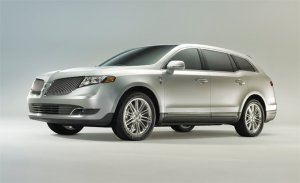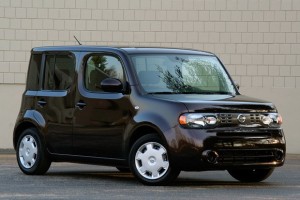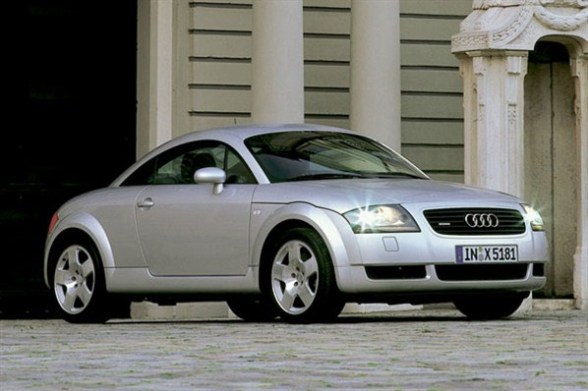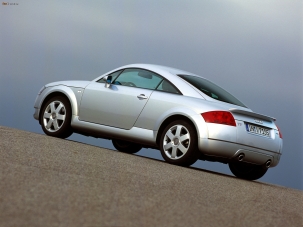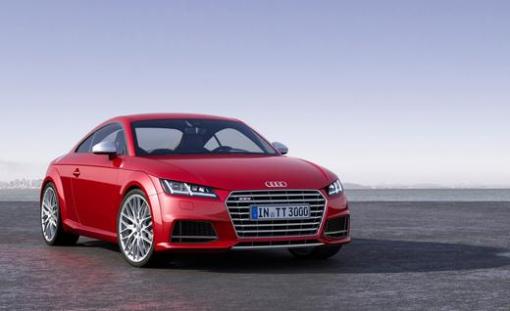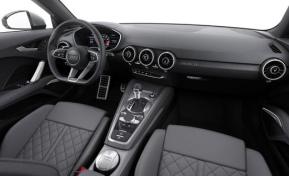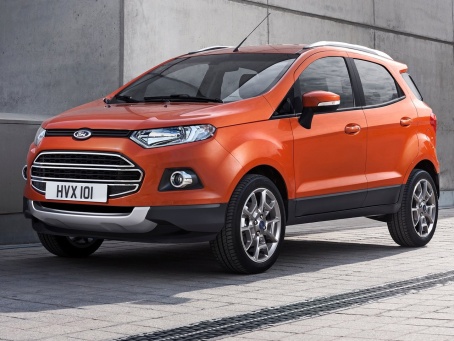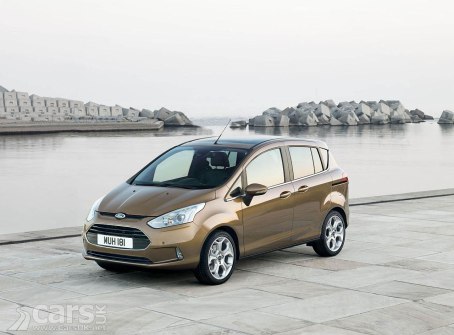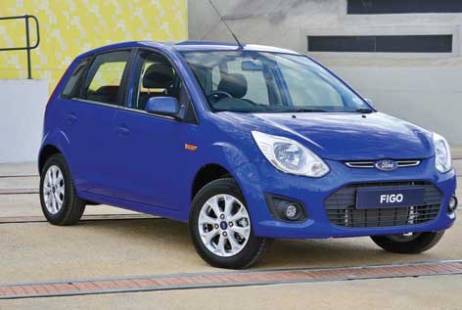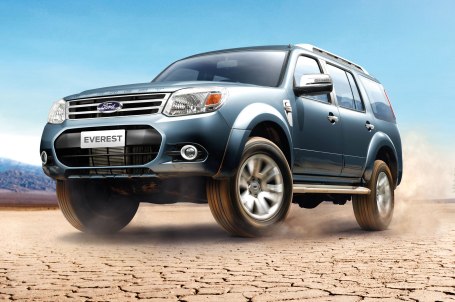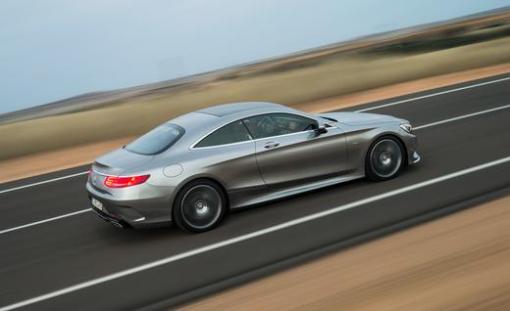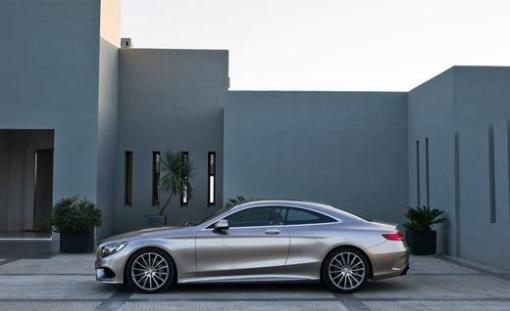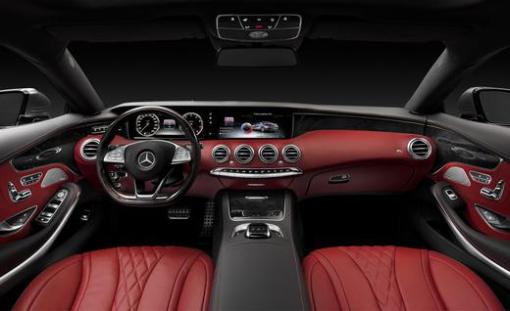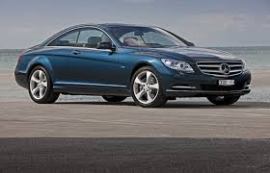Nice Knowing You, Humanity.
Tesla’s been innovating since day one–beyond the revolutionary performance and efficiency of their plug-in Model S, the company has left no stone unturned on their mission to revolutionize the car driving experience. The company is pushing the limits of battery charging power and efficiency, is developing next-level cruise control (more aptly described as auto pilot), and, oh by the way, is seeking to revolutionize the car buying experience by letting customers experience its products through company-owned outlets instead of parking them on the endless lots of your local “Bob’s Motors”.
This new innovation, though not on such a grand scale, is the one that places us squarely in the realm of the future.
Pull into your garage, and your friend the giant metal arm will snake its way to the charging portal of your new Model S. Sounds pretty cool! No need to be wary of this! It definitely won’t eventually learn your habits and personality, process this information and use it to turn on you, eventually stealing and destroying everything you love, and potentially destroying the entire city of New York in the process. There’s just no way anything like that could happen…
